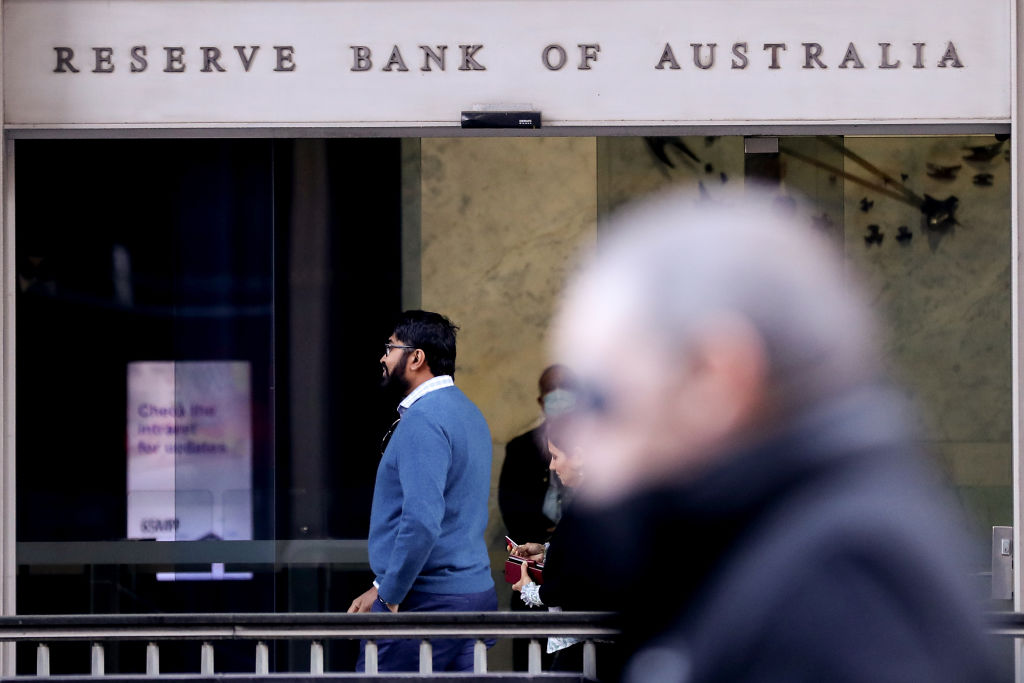Australia's Central Bank Cuts Interest Rate to 3.6% Amid Falling Inflation
Australia's central bank reduced its cash rate to 3.6% for the third time this year, responding to decreasing inflation and sluggish economic growth, aiming for its target range.
Subscribe to unlock this story
We really don't like cutting you off, but you've reached your monthly limit. At just $5/month, subscriptions are how we keep this project going. Start your free 7-day trial today!
Get StartedHave an account? Sign in
Overview
- The Reserve Bank of Australia (RBA) has cut its benchmark interest rate by a quarter percentage point to 3.6%, marking the third reduction this year.
- This rate cut brings the cash rate to its lowest level since March 2023, down from the previous rate of 3.85%.
- The decision was primarily driven by a significant decrease in Australia's inflation, which has fallen from its peak in late 2022.
- Annual inflation dropped from 2.4% to 2.1% in May, and trimmed mean inflation eased from 2.8% to 2.4%, contributing to the rate adjustment.
- The RBA aims to steer inflation towards its target band of 2% to 3% and address sluggish economic growth, with the board unanimously approving the cut.
Report issue

Read both sides in 5 minutes each day
Analysis
Center-leaning sources cover this story neutrally, focusing on factual reporting of the Reserve Bank of Australia's interest rate cut. They present key economic data, official statements from the RBA governor and the Treasurer, and relevant historical context without employing loaded language or selective emphasis. The coverage prioritizes clarity and comprehensive information on the economic decision and its implications.
Articles (3)
Center (1)
FAQ
The RBA cut the interest rate primarily due to a significant decrease in inflation, which fell from 2.4% to 2.1% annually and a trimmed mean inflation drop from 2.8% to 2.4%. This reduction aligns inflation closer to their target range of 2-3% while addressing sluggish economic growth.
In 2025, Australia's annual inflation rate declined from 2.4% in the first quarter to 2.1% by the second quarter, marking a continued easing of inflation pressures. The trimmed mean inflation also eased over this period.
Besides inflation easing, the RBA considered sluggish economic growth and the need to support spending by households and businesses. Despite slower growth, spending has increased more than expected in recent months, and unemployment remains low but slightly risen.
The economy is expected to grow modestly over the next year, with inflation remaining within the 2-3% target range. The unemployment rate is expected to stabilize below 4.5%, and jobs growth will slow from high rates. However, the RBA remains cautious due to high global economic uncertainty.
Australia's inflation rate at about 2.1% to 2.4% is considerably lower than the OECD average inflation rate, which rose to 4.2% in June 2025. This positions Australia with relatively stable and contained inflation compared to many OECD countries.
History
- This story does not have any previous versions.


